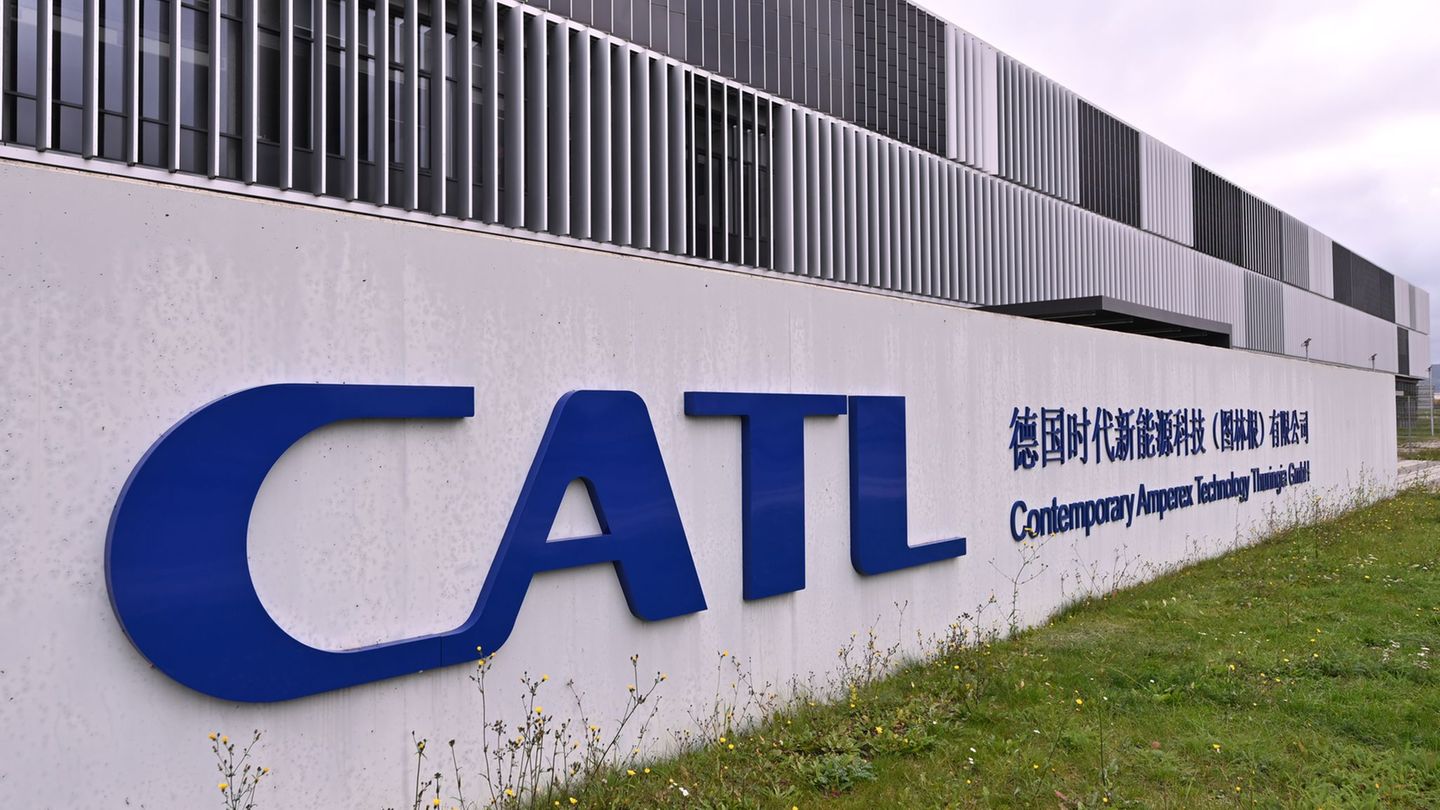The European Central Bank has lowered interest rates in the eurozone again. Will the next step downwards follow soon? The Bundesbank President urges caution.
Following the European Central Bank’s interest rate cut, Bundesbank President Joachim Nagel is dampening expectations. “We must remain cautious. Because there is still great uncertainty about future economic and price developments,” Nagel said on Monday in Leipzig at the Bundesbank’s headquarters for Saxony and Thuringia, according to a speech text published in advance.
“I don’t see us on a mountain top from which we inevitably go down. I see us more on a ridge where we still have to find the right point to continue our descent.”
At their meeting on Thursday, the eurozone monetary authorities decided on the first interest rate cut since the wave of inflation. After almost nine months at a record high, the European Central Bank (ECB) reduced the deposit interest rate that banks receive for parked funds by 0.25 percentage points to 3.75 percent. The interest rate at which credit institutions can obtain fresh money from the central bank is falling from 4.5 percent to 4.25 percent. Lower key interest rates are good for the economy because loans tend to become cheaper.
In order to get inflation, which had risen sharply after the start of Russia’s war of aggression against Ukraine, under control, the ECB had raised interest rates ten times in a row since July 2022 before taking a break. Recently, inflation in the euro area has picked up speed again: in May, consumer prices rose by 2.6 percent year-on-year, after 2.4 percent in April. Inflation is now a long way from the record high of 10.7 percent in autumn 2022. Higher inflation rates reduce consumers’ purchasing power. The ECB is aiming for price stability in the euro area in the medium term at an annual inflation rate of two percent. However, returning to the target value is “not a sure thing,” said Nagel.
Source: Stern




